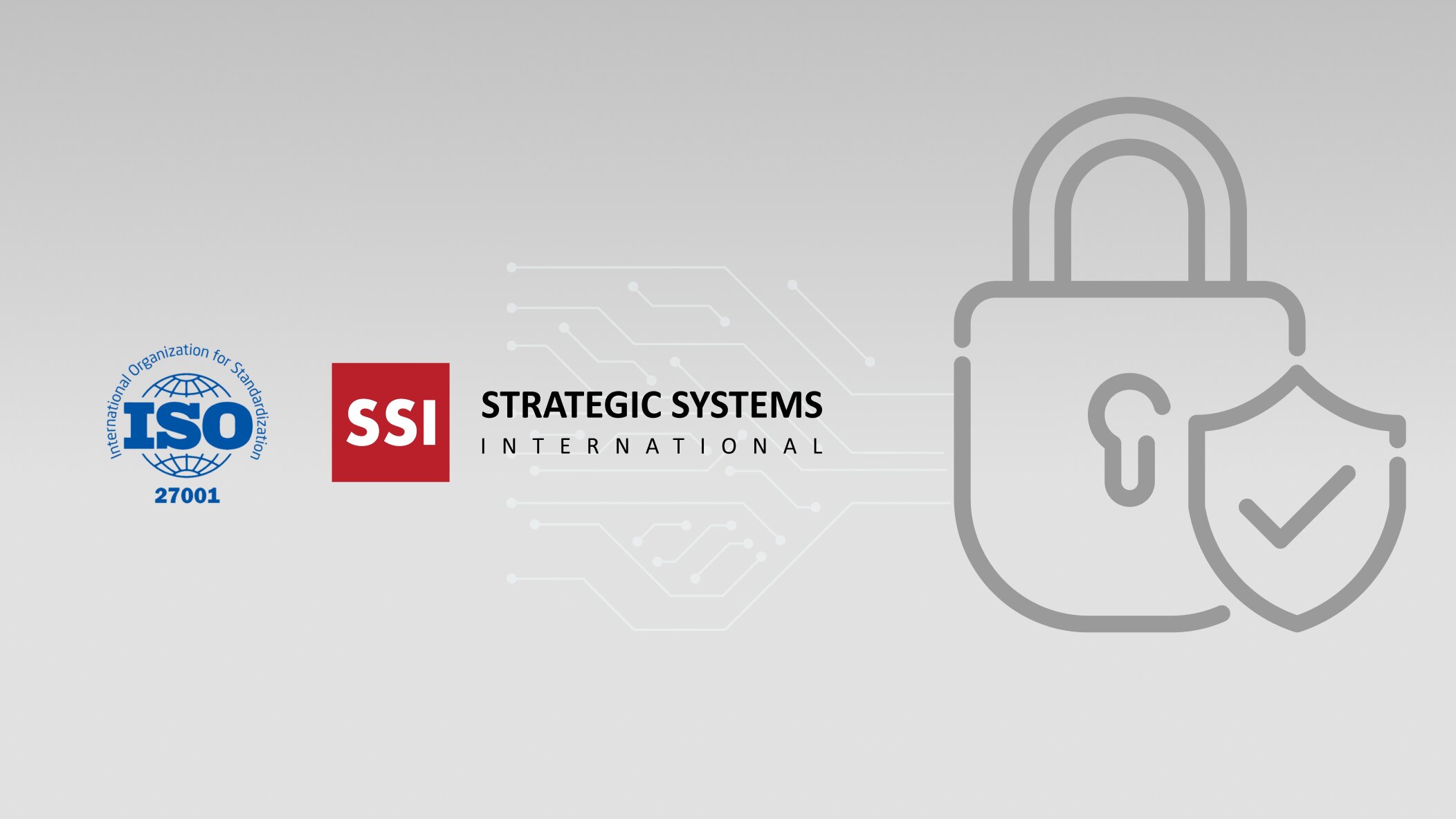Imagine the early 1990s. The internet is in its infancy, and software development is a labor-intensive process. A dimly lit room filled with testers sitting in front of bulky monitors, running tests on every piece of software. Each new version of a program demands a full re-test, which means going through every feature, every button, and every possible scenario by hand. Bug reports are scribbled in notebooks or logged into rudimentary spreadsheets, and the entire cycle can take weeks if not months.
Fast forward to today. The world of software testing has undergone a drastic shift, thanks largely to AI. What once took weeks of manual effort can now be achieved in a fraction of the time with far greater precision. AI is not just a tool; it’s a game-changer, transforming the landscape of software testing.
Read More: AI and Quantum Computing: The Top Two Technology Trends for 2024
Consider how technology handles mundane tasks for us—like when our phones predict the next word we’re about to type or when streaming services suggest the perfect movie for a Friday night. Now, imagine that applied to software testing.
1. Intelligent test case generation
Creating comprehensive test cases was one of the most tedious tasks for testers. But AI has changed the game. Imagine a fintech company launching a new mobile banking app. Instead of manually writing hundreds of test cases, the team uses AI to analyze the app’s user requirements and design documents. The AI then generates relevant test cases automatically, covering all critical functionalities. This not only speeds up the testing phase but also ensures edge cases are thoroughly tested, something that might have been missed manually.
2. Smarter test execution
AI doesn’t just create test cases; it optimizes the entire execution process. Traditionally, automation runs a set sequence of tests. However, AI prioritizes and executes tests based on recent code changes, historical data, and risk factors. It’s like having a smart assistant that knows precisely where to look for potential issues, ensuring the most critical parts of the application are tested first.
3. Optimizing the test suite
Over time, test suites can become cluttered with redundant or obsolete test cases, slowing down the testing process. For instance, one of our clients faced lengthy testing cycles due to an overgrown test suite. By leveraging AI-driven tools, we identified and eliminated redundant tests, focusing on high-risk areas. This streamlined approach cut their testing time by 30% without compromising quality.
4. Predictive defect analysis
One of AI’s most powerful abilities lies in the domain of predictive analysis. It can predict where the next bug is likely to appear and pinpoint high-risk areas by analyzing historical defect data, code complexity, and recent changes. Testers can then focus on these spots, catching bugs early in the development cycle.
Read More: AI and Web3: SSI’s Viewpoint on the Future of Tech
5. Self-healing test scripts
One of the biggest challenges in automation testing is keeping test scripts up-to-date as the application evolves. AI introduces the concept of self-healing scripts, which adapt to changes automatically. If a button’s location changes or a new field is added, AI updates the test scripts. This reduces the maintenance burden and keeps the automation suite robust, freeing testers from constant script upkeep.
6. Bridging the gap with NLP
Natural Language Processing (NLP) is another AI marvel that is making waves in automation testing. It translates manual test cases written in plain English into automated scripts. This means testers can focus more on testing and less on scripting. Plus, AI-powered tools generate detailed bug reports by understanding natural language descriptions, making communication between testers and developers more seamless.
7. Visual testing with AI
User interfaces are becoming increasingly complex, and ensuring visual correctness is critical. AI excels in visual testing by using image recognition to validate UI elements. Imagine an e-commerce platform that needs consistent UI across various devices. AI-driven visual testing tools compare the application’s screenshots against expected designs, identifying even the slightest visual discrepancies. This ensures a uniform and user-friendly interface across all devices and screen resolutions, enhancing the overall user experience.
8. Performance testing
AI brings a new dimension to performance testing. Traditional methods involve predefined scripts and scenarios, but AI can simulate more realistic user behavior under various load conditions. It monitors real-time performance metrics, detecting anomalies that indicate potential performance issues. This proactive approach helps identify bottlenecks before they impact end-users.
9. Enhancing CI/CD pipelines
Speed and accuracy are everything in the world of Continuous Integration and Continuous Deployment (CI/CD). AI optimizes test execution within CI/CD pipelines, ensuring rapid feedback and quicker releases. Predictive analytics from AI offer insights into building stability and deployment risks, enabling teams to make informed decisions and reduce deployment failures.
10. Revolutionizing test data management
Managing test data is often complex and sensitive. AI simplifies this by generating realistic and diverse test data, ensuring comprehensive test coverage. AI can anonymize sensitive data, comply with privacy regulations, and allow the safe use of production-like data in testing.
Reflecting on the past, it’s astounding to see how far we’ve come from manually sifting through lines of code to AI-driven processes that predict, adapt, and optimize every aspect of testing; AI is revolutionizing automation testing by not only accelerating the process but also enhancing its accuracy and scope.



